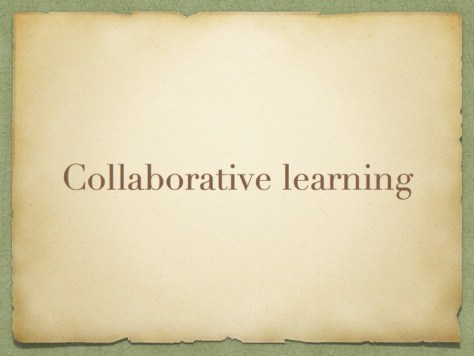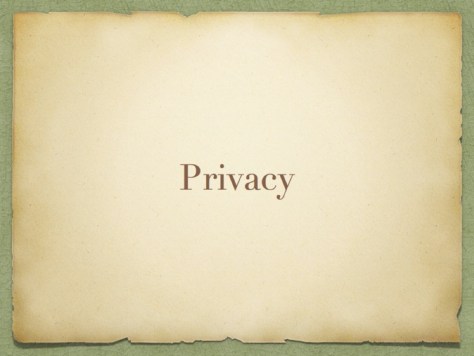
Expanding on the ALT-C #LTHEChat
On Wednesday 30th August there was an #LTHEChat hosted by the ALT-C 2023 co-chairs, Santanu Vasant and Lawrie Phipps.
LTHEchat will host a summer special chat led by #altc23 Conference Chairs Santanu Vasant and Lawrie Phipps. Dual hashtags will be used #altc23 and #LTHEchat. This special summer special takes a look back at 30 years of educational technology as the Association for Learning Technology (ALT) celebrates 30 years, as do Jisc, and the Staff and Educational Developers Association (SEDA). Educational or Learning Technologies have shaped higher education, especially in recent years during the pandemic, but the history of educational technology goes way back. In this LTHEchat, we ask you to remember your first experiences of learning technology in a work setting, what learning technology might be, if we had unlimited financial resources, what new ‘next big things’ didn’t take off and what do you remember from previous ALT Conferences?
I had initially planned to participate, but in the end, I went to the cinema instead.
So the following morning I did some responses to the prompts from the chat. I thought though I would expand on some of my answers to the different questions in a blog post to go beyond the character limit on the Twitter.
As a result I have written six different blog posts.
Q2 If you could wave a magic wand, what would you change in education / learning technology?
What has always frustrated me has been the focus on consumer technology fads or jumping on the latest bandwagon.
A simple example, tablets have been around since 1973, but no one really got engaged with them until 2010 when Apple released the iPad.
The focus was always on the hardware, not how they could be used.
You still see this today with edtech companies, who talk about the features of the technologies, and less on how it actually helps and supports learning.
Of course the way in which the iPad was (and still is) marketed, actually is often less about the technology, but much more about how it can enhance and improve what you do. I want to watch a film, the iPad allows me to do that at a time and place that suits me.
If I had a magic wand, I would really like people to focus on the potential and possibilities of technology and then focus on what they are doing, and then working out how technology could improve, enhance, or enable that. This isn’t about putting the pedagogy first, this is about the context of the role of technology in supporting teaching and learning. Often you need to know about, and understand the potential of technology, but it is the pedagogical challenges that need to be prioritised, then think about how technology can make that happen.
The other aspect of the frustration of following fashion, is when people don’t understand the research and work that has been in place already.
Like many people in the 2000s I was looking at how mobile technologies could be used to support teaching and learning. I was using Compaq (later HP) iPAQs for doing stuff.

These were Windows CE devices that actually could do quite a few things, but the lack of connectivity, storage capacity meant they had limitations. However the potential of these meant that when a device like the iPhone, the iPod touch, or the iPad came along, the experience of those using devices like the iPAQ could be transferred to using these newer more powerful devices.
The reality was that more often than not, the lessons learned using these earlier devices was ignored and then the research and understanding was duplicated, again and again.















































